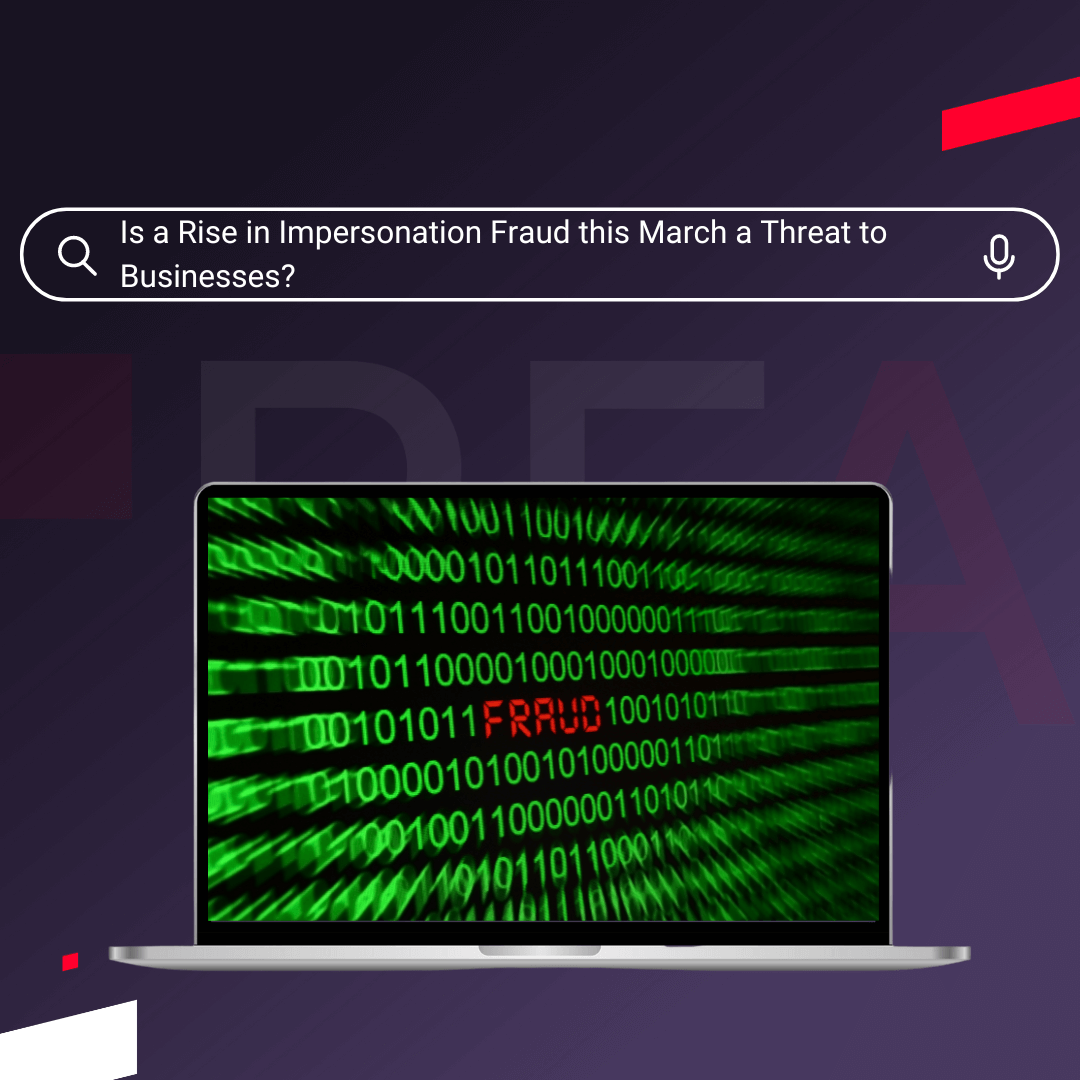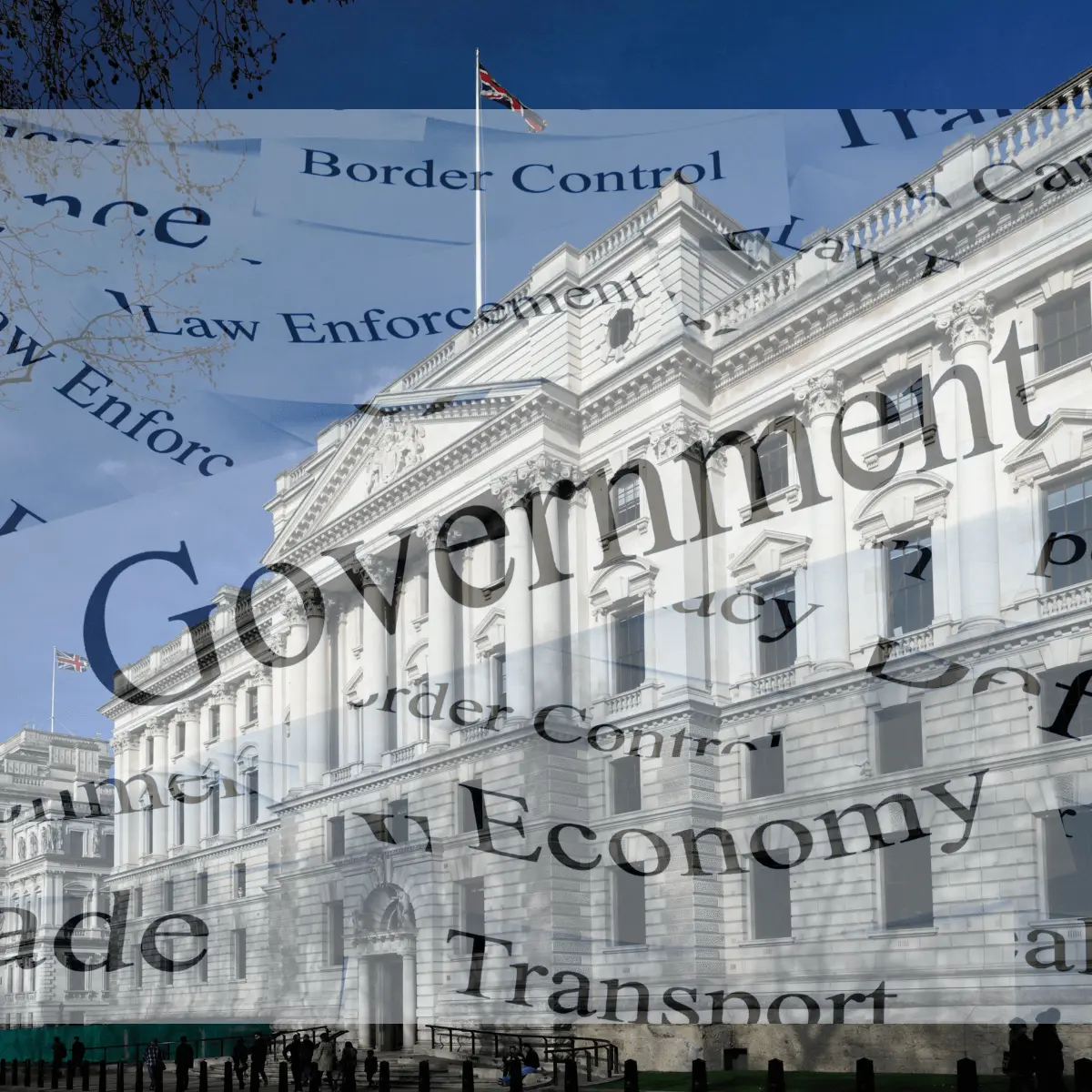Last year was the worst on record for retail sales in the UK. The Covid-19 pandemic saw sales at physical non-food stores drop by a quarter compared with 2019.
Christmas didn’t bring the boost in sales that many had hoped for and plenty of retailers now face poor balance sheets and long lines of creditors.
2021 will bring several additional triggers for financial collapse: government support will eventually run out, and the post-Christmas slump is in full swing.
Although the rollout of the Covid-19 vaccine is a beacon of economic hope in some ways, it is a tipping point in others as government support shifts from keeping struggling businesses afloat to rebuilding the economy.
Consumer confidence is also expected to remain fragile well into the year ahead, leaving no solid ground in sight for struggling retailers.
This climate of prolonged economic instability has already sunk several major high street businesses, including clothing retailer Bonmarché and poses risks to many other retails.
When a company of this size becomes insolvent, it can easily drag its supply chain down with it.
The Domino Effect of Insolvency
Many businesses that enter administration do so with outstanding debts. In these circumstances, unsecured creditors will only get back an average of 5% of the money owed to them and will be forced to write off the rest.
According to Red Flag Alert’s research, a business is three times as likely to go into liquidation if it accrues bad debt from another company. The failure of one large company could lead to dozens of other liquidations.
In the retail sector, this means one insolvency could pass on bad debt to suppliers, contractors, and professional services firms. In turn, these companies often become insolvent, passing their debts along to their own creditors and continuing the chain reaction.
The Fall of Bonmarché
Fashion retailer Bonmarché went into administration in December 2020, putting 1,500 jobs directly at risk.
The clothing chain, which has 225 stores throughout the UK and specialises in clothing aimed at women over 50, was owned by retail mogul Philip Day. A number of Day’s other chains – including
The Edinburgh Woollen Mill, Peacocks, and Ponden Home – went into administration the previous month.
Bonmarché is but one of many retail failures. During the same week, department store chain Debenhams announced the permanent closure of all of its 124 outlets, meaning around 12,000 employees would likely lose their jobs. This news came hours after Arcadia – which owns clothing retailer Topshop – went into administration, directly risking a further 13,000 jobs.
Bonmarché continues to trade and has since been bought by Purepay Retail. This is the third time in a decade that the chain has been in administration.
The Chain Reaction
When Bonmarché went bust, it owed a total of £14m to 800 unsecured creditors.
One Bonmarché creditor was Captive Clothing, which incurred £775,000 in bad debt from Bonmarché. Unable to take the hit, Captive subsequently went bust in December 2020, owing 44 creditors a total of £1.5m.
These creditors are now in rocky waters themselves, with many having accrued a rating of two red flags on our system. One such company, a North Eastern textile manufacturer, took on £300,000 in bad debt last year due to its clients’ businesses failing.
Preventative measures
In the current economic climate, numerous businesses – particularly provincial suppliers – are at risk from big retailers going under.
Given the infectious nature of bad debt in supply chains, taking the right precautions could make the difference between your business staying afloat or going under.
The story of Bonmarché’s collapse highlights the importance of knowing where your customers stand financially: this means understanding when they have been dealt a commercial blow, how badly it will affect them, and how this could impact your business.
Red Flag Alert provides detailed financial health ratings that accurately predict insolvency.
Our Creditor Services Feature provides information about which companies are being liquidated and the impact that this will have on other businesses.
The service enables you to make judgements about how well-placed your customers are to handle these financial setbacks. For example, you can see how much reserve capital a company has to cover its losses or what proportion of its sales book is made up of bad debt.
This gives you time to secure your business – for example, by negotiating more favourable payment terms, building up capital reserves in anticipation of a fallout, and starting to look for alternative customers in advance.
Discover how Red Flag Alert’s experienced team can help you mitigate risk and protect your business. Why not get a free trial today and see how Red Flag Alert can help your business?




